The Art of Jacinto Guevara: Documenting Unique Latino Cultureby Ricardo Romo First published in Ricardo Romo’s Blog, Latinos in America, November 19, 2021. Reprinted in La Prensa Texas, November 26, 2021. The seventies are remembered as a monumental decade for most Americans. In the early years of the decade President Richard Nixon’s resignation and the Supreme Court decision in Roe v. Wade dominated the news. Earth Day, Godfather movies, and disco music fascinated young people. The advent of the computer revolution marked a major change in society. For Latinos, the decade included significant events as cities across the Southwest experienced school walkouts, and California farmworkers won important union and legislative policy victories. Talented youth introduced Chicano poetry, plays, and film, and universities developed Chicano Studies classes and programs. Chicano artists who grew up during the seventies witnessed great transformations as they saw for the first time a flowering of their own artistic cultural creations. Jacinto Guevara of San Antonio emerged as one of the fortunate individuals who rode the early waves of this artistic movement. His story provides some important insights into one of the most significant eras of Chicano artistic creativity. From an early age Jacinto Guevara discovered that art represented an important means of communicating. Guevara came of age artistically during the early 1970s while attending Belmont High School in East Los Angeles. At the time, few Latinos went to museums but most grew up surrounded by commercial art, usually in the form of billboards and posters. Significantly the early expressions of Arte de La Raza appeared in public art. Chicano art originated with the mural movement in California. Art historians place the birth of Chicano art between 1968-1973. Guevara was a teenager when Chicano artists painted a mural at the headquarters of Cesar Chavez’ United Farm Workers Union in Del Rey, California. Some of the earliest Chicano murals originated in the heart of East Los Angeles, in close proximity to Guevara’s home. When Joe and John Gonzalez decided to convert an abandoned meat market into an art gallery, they recruited two future Chicano art stars, David Botello and their brother-in-law Ignacio Gomez, to paint what UCLA art historians have identified as the first public Chicano mural in East Los Angeles. Muralism became the most prominent creative development of Chicano art. Guevara enrolled at California State University Northridge [CSUN] in 1975, a time when colleges throughout Southern California were reaching out to East Los Angeles students. Guevara had seldom gone to the San Fernando Valley, home of the Northridge campus, but he liked CSUN’s Chicano Studies Program which was in its sixth year. He majored in Ethnic Studies and took classes with famed Chicano historian Dr. Rudy Acuña. Guevara loved music and joined the mariachi band headed by Professor Beto Ruiz. Guevara became a frequent art and cartoon contributor to El Popo, the Chicano student newspaper founded in 1970. After graduation from CSUN in 1980, Guevarra painted on a regular basis and also joined several musical bands. During these years, while Guevarra remained an early aficionado of the emerging Chicano murals in his community, he focused on his drawings and canvas painting. He bought one of his first canvases for three dollars and spent a half day cleaning it. Guevara worked at his art but could not seem to make the right connections to get his paintings in galleries and had a difficult time making a living as an artist. An invitation in 1990 by the established B-1 Galleries in Santa Monica offered him some hope. He was invited, along with several of the leading East Los Angeles artists, including Frank Romero, Wayle Alaniz, and Paul Botello to exhibit his paintings. Although Latino art was gaining in popularity, few of the paintings sold. After that show, Guevara began to think of leaving Los Angeles and was attracted to San Antonio because of the city’s thriving Chicano culture. Guevara found the San Antonio weather suitable for his preference of open air painting, or what the French called “plein air.” Some of his favorite subjects included abandoned railroad stations and warehouses. He delighted in finding unique subjects for his paintings, such as icons and buildings in San Antonio that most observers had overlooked. Many of his paintings reflect the older sections of the East and West side of town. He looked for old houses, residences that did not necessarily catch the public’s attention. These residential structures were simple, but attractive. He told me that these houses “weren’t necessarily pretty.” In 2016 Lewis Fisher published Saving San Antonio: The Preservation of a Heritage. It told a story of the San Antonio Conservation Society’s organized efforts to save historical houses from destruction. Guevara is also “saving San Antonio” through his paintings. His work captures the essence of the city, areas where not all the houses and buildings are spectacular, but they contain meaning and beauty for their owners. Guevara’s structural portraits, such as that of the 1880s building, “Liberty Bar,” which became a hangout for many Chicano artists, capture a heritage that makes San Antonio unique.  Ricardo Romo is an author, educator, and Latino Art connoisseur. He has degrees from the University of Texas at Austin (BA) and UCLA (PhD).
1 Comment
You may download a pdf of all three parts below.
Pandemic Exposes Widening Gaps for Latinos in Higher Education |
|||||||||||||||
| |
Marta has been working on a series of paintings of the San Antonio train yards near her childhood home. Through these paintings, she explores the role of trains in the Mexican migration through the Southern Pacific. Carpas, traveling circus and vaudeville troupes that performed throughout Mexico, are the inspiration for another series that has captivated Marta’s creative energies. Wings Press published a book on the collaborative suite of Carpa related serigraphs titled Transcendental Train Yards. The collaborative suite was created with Chicana poet and folklorist, Norma E. Cantú.
Her work is in the collections of The Philadelphia Museum of Art, The State Museum of Pennsylvania, The McNay Art Museum, The Fine Art Museum of St. Petersburg, Florida, and The National Museum of Mexican Art in Chicago. Marta’s work is part of actor/director Cheech Marin’s extensive private collection of Chicano art. She participated in “Chicano Visions: American Painters on the Verge,” which traveled throughout the United States from 2001 to 2006, as well as Mr. Marin’s exhibition, “Chicanitas/size does not matter,” featuring small works from his collection. Marta’s public art commissions can be seen in the Philadelphia area at Simons Recreation Center, and The Children’s Hospital in Montgomery, Pennsylvania. The most recent sculptural works for the northern part of the City of Philadelphia is a series of 100 feet steel installations titled “Reclaiming Gurney Street. The piece was commissioned by the Hispanic Association of Contractors and Entrepreneurs to reclaim an opioid encampment to a public rails and trails project for the community.
| Retablo for Stan oil, enamel on aluminum, 3' x 3' 2014 www.artedemarta.com/paintings/retablo-for-stan2/ |

3' x 4' oil and enamel on metal
2002
www.artedemarta.com/home-2/trainyard-in-the-dayllight-copy/
oil and enamel painting on aluminum, 3' x 9′
Collection of the University of Texas in San Antonio
http://www.artedemarta.com/home-2/trainyard-in-the-dayllight-copy/
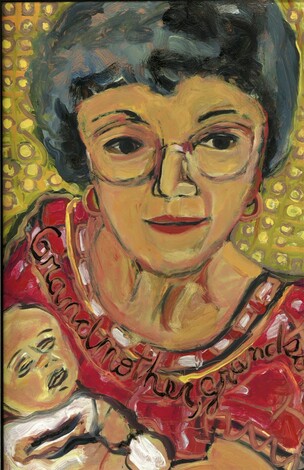
oil on copper, 18″ x 24″
1999
www.artedemarta.com/home-2/sm-grandmotehr-grandson/
enamel, oil on copper, 18″ x 24″
2004
www.artedemarta.com/home-2/smfour-pieces-of-me-07-copy/
For more information on Transcendental Train yards, the suite and the book:
www.latinobookreview.com/norma-elia-cantu.html
Visit Wings Press to order a copy of Transcendental Train Yard, with art by Marta Sanchez and poetry by Norma E. Cantú:
www.ipgbook.com/transcendental-train-yard-products-9780916727970.php?page_id=21.
Also available on Amazon.
For a schedule of book signings and readings, please visit:
https://www.facebook.com/transcendentaltrainyard/
Learn more about The Philadelphia Art Alliance at:
https://philartalliance.wordpress.com/2015/10/30/sleepers-in-the-borderlands/
An Eye for
Community Art

Archives
June 2024
April 2024
February 2024
November 2023
October 2023
January 2023
December 2022
October 2022
August 2022
July 2022
June 2022
May 2022
March 2022
February 2022
December 2021
November 2021
October 2021
June 2021
April 2021
February 2021
January 2021
December 2020
November 2020
October 2020
September 2020
August 2020
July 2020
May 2020
April 2020
March 2020
February 2020
January 2020
December 2019
October 2019
August 2019
July 2019
May 2019
April 2019
March 2019
February 2019
January 2019
December 2018
October 2018
September 2018
August 2018
July 2018
June 2018
May 2018
April 2018
March 2018
February 2018
January 2018
December 2017
March 2017
December 2016
September 2016
September 2015
October 2013
February 2010
Categories
All
2018 WorldCon
American Indians
Anthology
Archive
A Writer's Life
Barrio
Beauty
Bilingüe
Bi Nacionalidad
Bi-nacionalidad
Border
Boricua
California
Calo
Cesar Chavez
Chicanismo
Chicano
Chicano Art
Chicano/a/x/e
Chicano Confidential
Chicano Literature
Chicano Movement
Chile
Christmas
Civil RIghts
Collective Memory
Colonialism
Column
Commentary
Creative Writing
Cuba
Cuban American
Cuento
Cultura
Culture
Current Events
Dominican American
Ecology
Editorial
Education
English
Español
Essay
Eulogy
Excerpt
Extrafiction
Extra Fiction
Family
Gangs
Gender
Global Warming
Guest Viewpoint
History
Holiday
Human Rights
Humor
Idenity
Identity
Immigration
Indigenous
Interview
La Frontera
Language
La Pluma Y El Corazón
Latin America
Latino Literature
Latino Sci-Fi
La Virgen De Guadalupe
Literary Press
Literatura
Low Rider
Maduros
Malinche
Memoir
Memoria
Mental Health
Mestizaje
Mexican American
Mexican Americans
Mexico
Migration
Movie
Murals
Music
Mythology
New Mexico
New Writer
Novel
Obituary
Our Other Voices
Peru/Peruvian Diaspora
Philosophy
Poesia
Poesia Politica
Poetry
Politics
Puerto Rican Diaspora
Puerto Rico
Race
Reprint
Review
Rodolfo "Corky" Gonzales
Romance
Science
Sci Fi
Sci-Fi
Short Stories
Short Story
Social Justice
Social Psychology
Sonny Boy Arias
South America
South Texas
Spain
Spanish And English
Special Feature
Speculative Fiction
Tertullian’s Corner
Texas
To Tell The Whole Truth
Trauma
Treaty Of Guadalupe Hidalgo
Walt Whitman
War
Welcome To My Worlds
William Carlos Williams
Women
Writing
Donate and Make Literature Happen
is published by the Somos En Escrito Literary Foundation,
a 501 (c) (3) non-profit, tax-exempt corporation. EIN 81-3162209

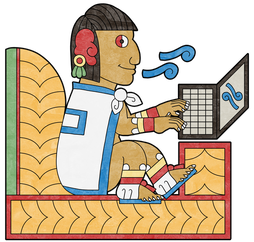
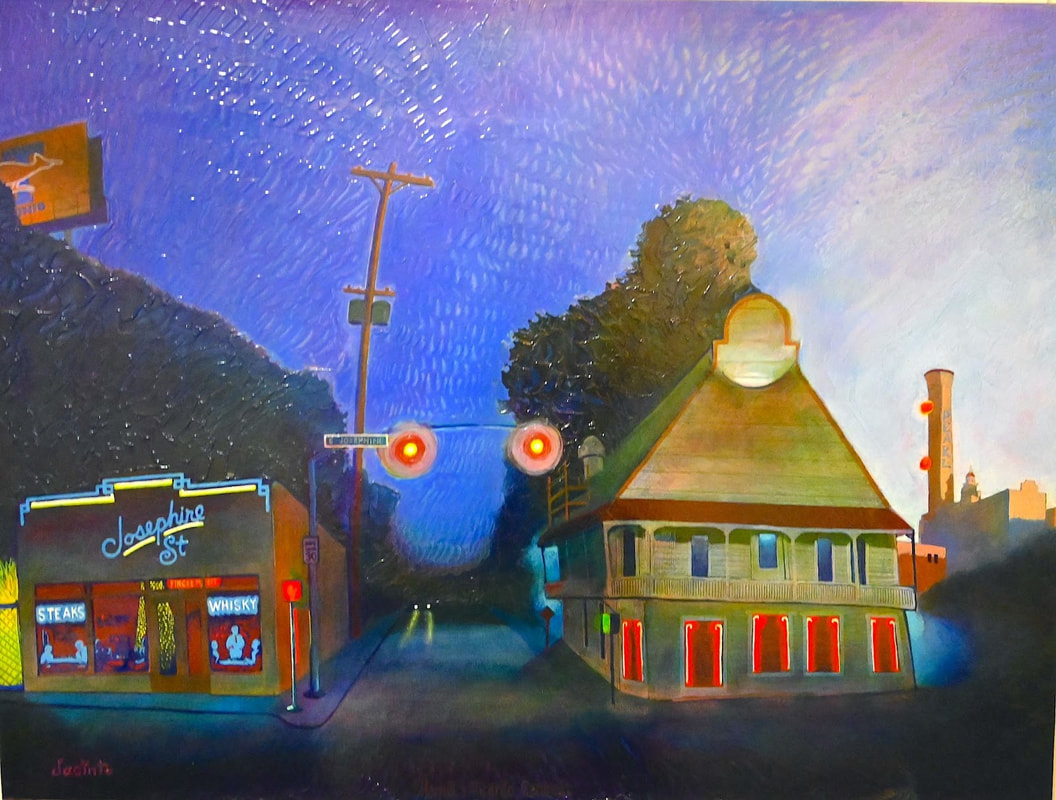








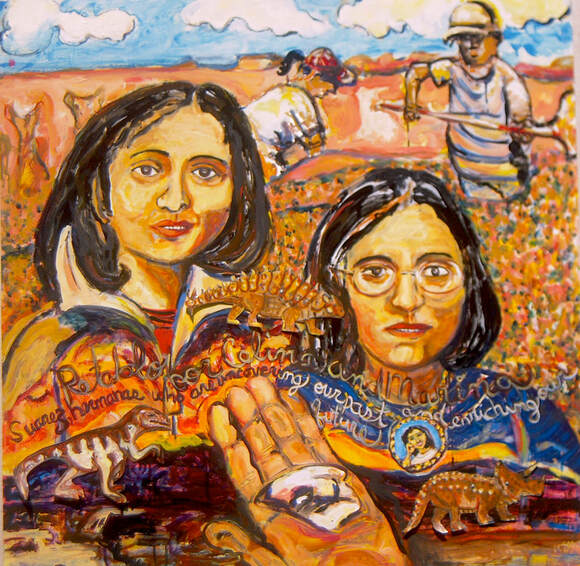

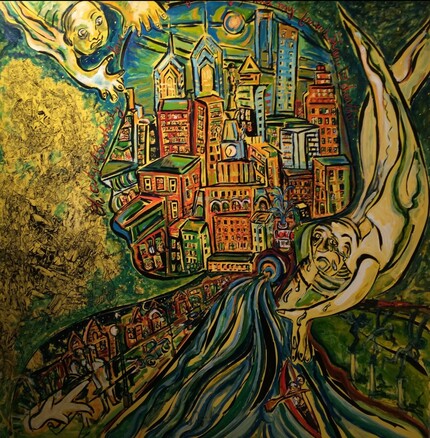

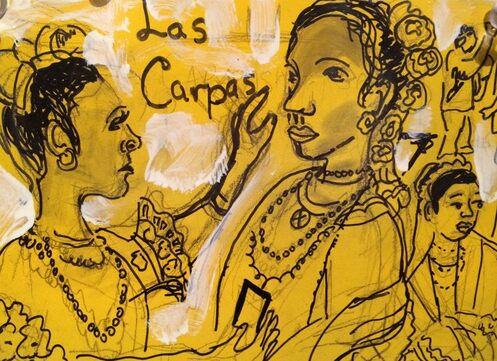
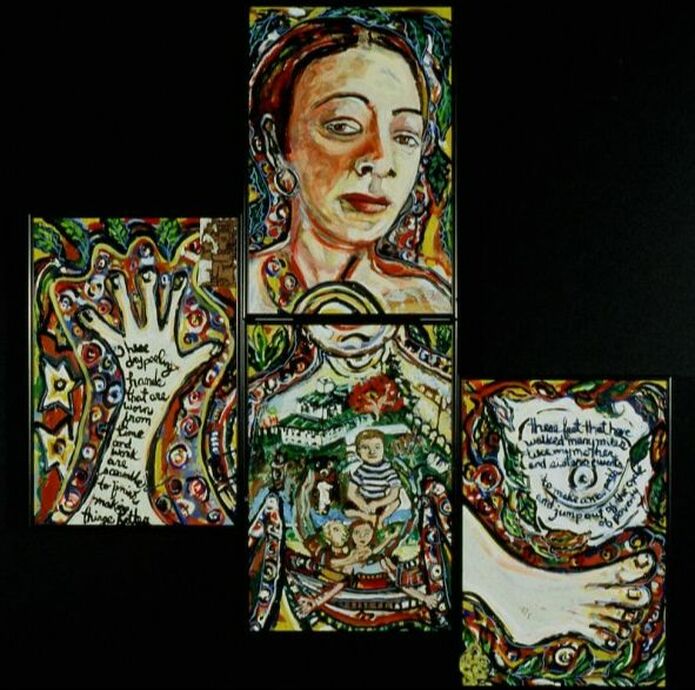
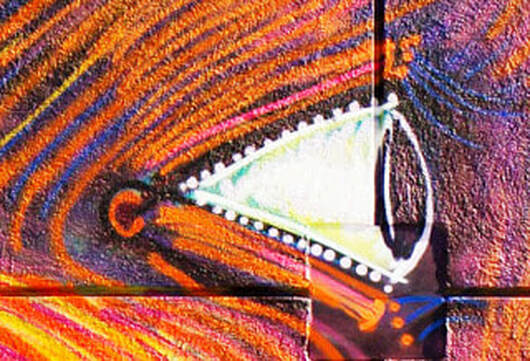
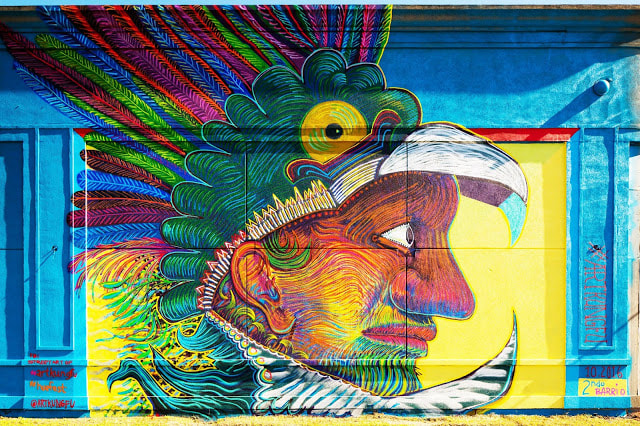


 RSS Feed
RSS Feed